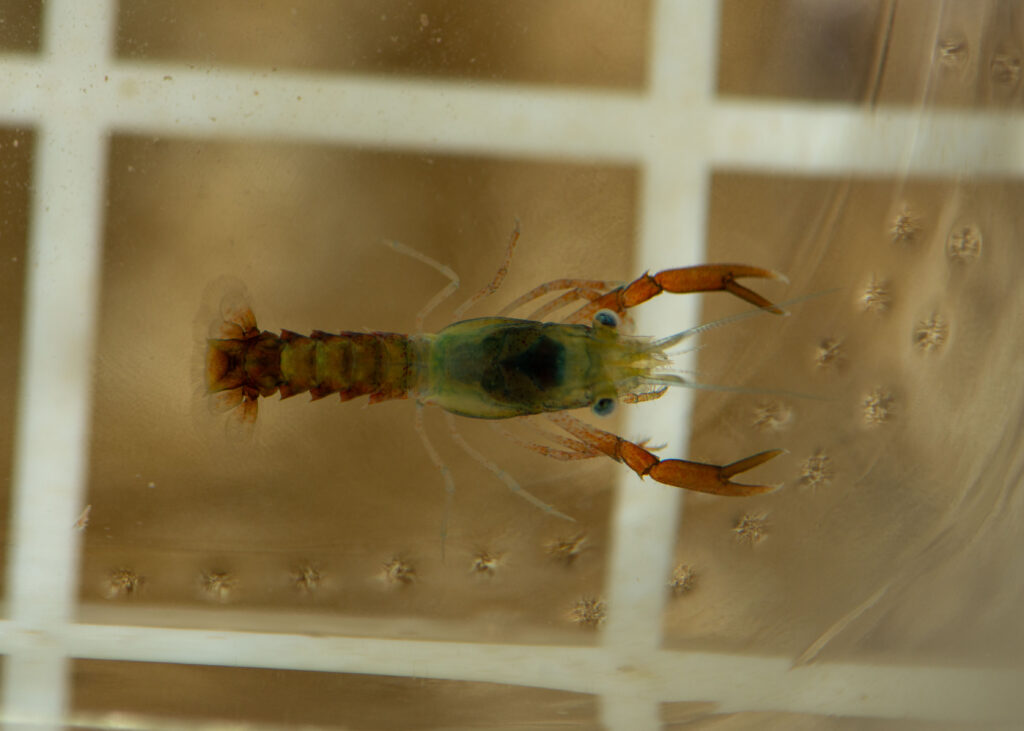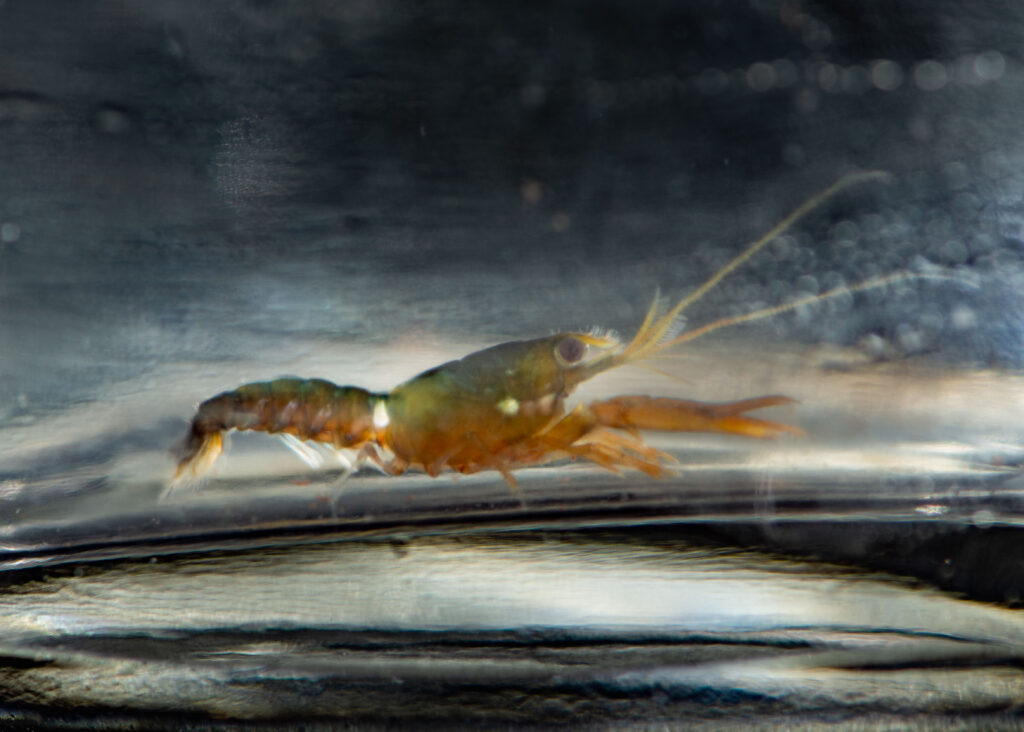
Funded through a research grant from the National Science Foundation (Award # 1948108 RUI: Collaborative Research: Linking physiological thermal thresholds to the distribution of lobster settlers and juveniles) we are investigating thermal limits of larval lobsters. In collaboration with Dr Eric Annis from Hood College in Maryland, Dr. Doug Rasher from the Bigelow Laboratories of Ocean Science in Boothbay, Maine, and Dr Jesica Waller form the Maine Department of Marine Resources we measure oxygen consumption, scope for activity, expression of various cellular stress markers and other parameters to investigate how lobster larvae thermal tolerance changes throughout their development and how the species will be impacted by climate change.

Temperature is one critical factor that determines the distribution of marine organisms. However, in many cases temperature ranges (thermal tolerances) are only known for adults, but not for the immature stages that transition from the plankton to the bottom. This study is testing how temperature affects where larvae are settling. The American lobster (Homarus americanus) in the Gulf of Maine is serving as a model system to measure the thermal tolerance of the larvae and link this to the distribution of young lobsters in the field. Presently, lobster larvae are more likely to experience relatively cold temperatures than heat stress and larval settlement appears to be restricted to warmer shallow waters by a sensitivity to temperatures below 12°C. As water temperature has increased, settlement and juvenile distribution have expanded into deeper waters suggesting a release from cold stress. This project is advancing the understanding of shifting species distributions in response to increasing ocean temperatures by exploring thermal sensitivity in wild-caught larvae for the first time. This information is providing thermal thresholds for modeling larval viability in response to climate change scenarios. Understanding the larvae’s responses to temperature is fundamental to predicting the impact of climate change on one of the most valuable commercial fisheries in North America. The project is supporting training of undergraduate interns and a master’s student from small colleges (Hood College and University of New England) and connecting them with a research institution (Bigelow Laboratory for Ocean Sciences). Teacher training is occurring in collaboration with the Marine Science Center at the University of New England. Results from this study are being shared with stakeholders and contributing to science-based management of the lobster fishery.
This project is the first to examine how thermal stress on a larval stage determines juvenile distributions using a combination of correlative and experimental approaches that includes measuring biochemical stress indicators in larvae deployed in natural field habitats. The central hypothesis is that the physiology of individual planktonic larvae controls meso-scale settlement patterns in the field. The goal is to ascertain if there is a causal relationship between the underlying physiology and thermal sensitivity of the organism and the distribution of early life stages. Larval supply, settlement and juvenile abundances will be assessed at different depths with temperatures above and below the proposed minimum temperature threshold of 12°C for larvae. Laboratory experiments using conventional methods are determining thermal tolerances in wild-caught larvae and how they change with ontogeny. The upper and lower thermal optima are being resolved using multiple physiological parameters such as measurements of oxygen consumption and aerobic scope, and biochemical assays of thermal stress (HSP70, AMPK, and SIRT). To link physiology to settlement patterns, caged stage IV larvae and V juveniles are being deployed in the field at sites with temperatures above and below 12°C. Lethal and sub-lethal effects on caged lobsters are being evaluated through measures of growth, mortality and biochemical markers of thermal stress. This is the first study to focus on the thermal tolerance of wild larvae, which has broad implications for understanding settling in marine invertebrate larvae.
